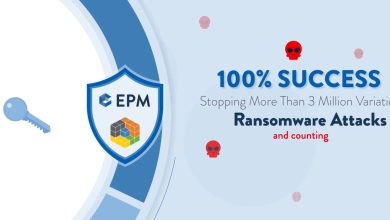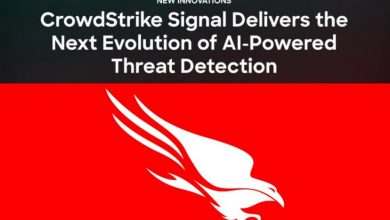Why ‘Never Trust, Always Verify’ Should Be The Data Protection Mindset for Government Departments

For today’s government institutions, fostering and maintaining the trust of citizens has never been more critical. As organisations that are responsible for delivering essential services, it is imperative that they engage in introspection and confront a fundamental question: “Do our constituents trust us with their sensitive data, and, more critically, should they continue to do so?”
The increasing frequency of data breaches, with hackers infiltrating millions of records annually and a cyber attack occurring every 39 seconds, has understandably raised concerns among the public about the security of their personal information entrusted to government agencies. Such scepticism is not unwarranted. It is a reality that public sector institutions must confront, considering the multifaceted cyber threat landscape, where both external and internal factors can pose significant risks to the integrity and confidentiality of sensitive data.
To address this challenge effectively, an increasing number of organisations are adopting zero-trust security frameworks, which enable them to reassess and bolster their data protection strategies.
Why the Zero Trust Model is Gaining Momentum
Zero trust is a cybersecurity approach that operates on the fundamental principle of “never trust, always verify,” wherein no entity or individual is presumed inherently secure, and all elements, whether they be devices or users, are treated as potential threats until their legitimacy is thoroughly verified.
Paradoxically, embracing the zero trust model effectively establishes a layer of trust at every access point by mandating authorisation prior to granting access. This proactive measure not only mitigates insider threats, wherein an internal individual might illegitimately access restricted information, but it also significantly minimises the risk of “data leakage,” where personnel inadvertently mishandle sensitive data or needlessly expose it to potential vulnerabilities.
Zero trust works mostly because it operates on a premise akin to “controlled paranoia” where it:
- Assumes the network is always hostile.
- Accepts that there are always external and internal threats.
- Knows that network locality is not enough to grant trust in a network.
- Authenticates and authorises every device, user, and network flow.
- Implements dynamic policies calculated from as many data sources as possible.
Grounded in its fundamental principles, the zero trust paradigm can potentially improve the way government agencies protect their data and systems—and, in the process, earn their constituents’ trust when it comes to data.
The big question remains: How can the public sector deploy this zero-trust approach?
Without a doubt, data carries substantial weight in this matter.
Elevating Your Zero Trust Strategy
Public sector entities require a comprehensive data analytics platform capable of providing a holistic view of each agency’s services. The collection and thorough analysis of data from all components of the technology infrastructure empower organisations to fully harness the potential of their digital operations. Furthermore, utilising data analytics for cybersecurity purposes allows public sector institutions to proactively monitor data for irregularities, patterns, emerging trends, or signs of potential fraudulent activities while enhancing overall security measures. Notably, Splunk stands out as the sole data analytics platform capable of scaling to deliver unparalleled visibility across the entire spectrum of operations, including cybersecurity.
What may not be immediately obvious is that implementing a comprehensive data analytics platform like Splunk not only enhances cybersecurity but also aligns seamlessly with a zero-trust approach. By having the ability to collect and analyse data from all components of the technology infrastructure (regardless of the source or context), organisations can continuously verify and monitor activities, users, and devices, ensuring that trust is never assumed but always verified.
In essence, Splunk’s data analytics platform empowers public sector institutions to improve the security of their digital environments and serves as a critical enabler for a robust zero-trust ecosystem.
Download Splunk’s “A Guide to Embracing Zero Trust Security Model in Government” to find out more about this strategy and how Splunk can help your organisation.





